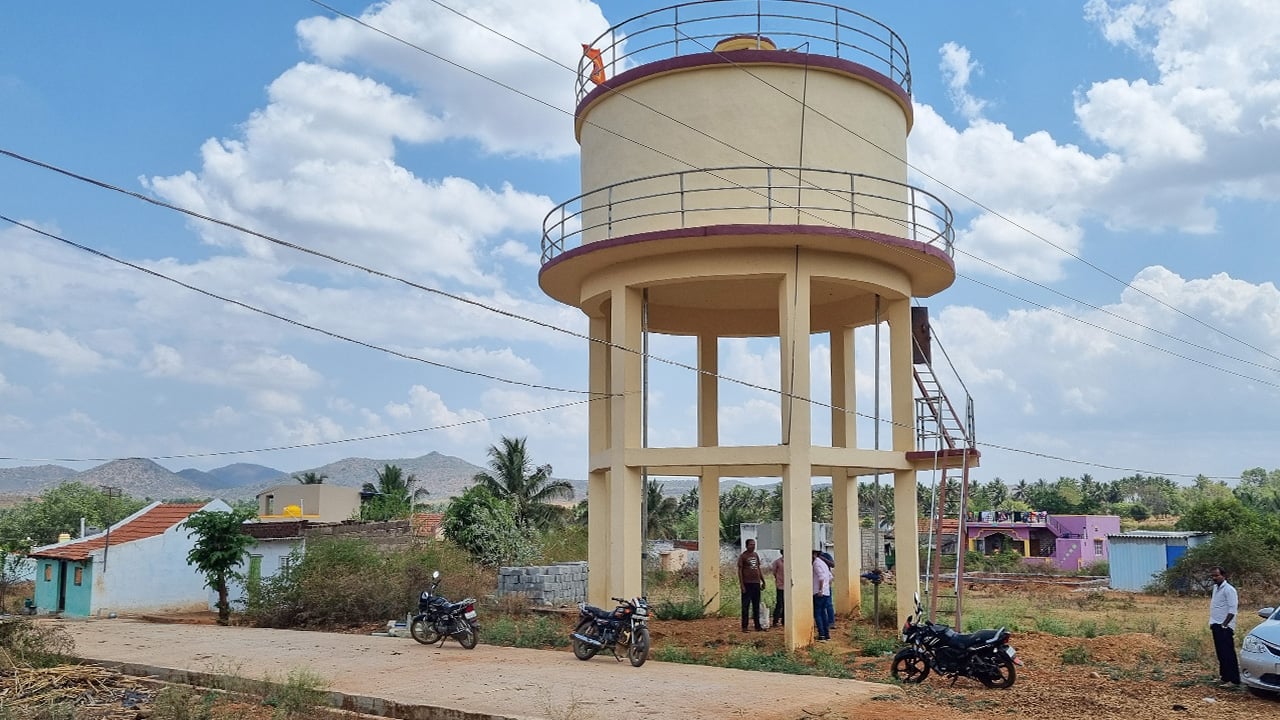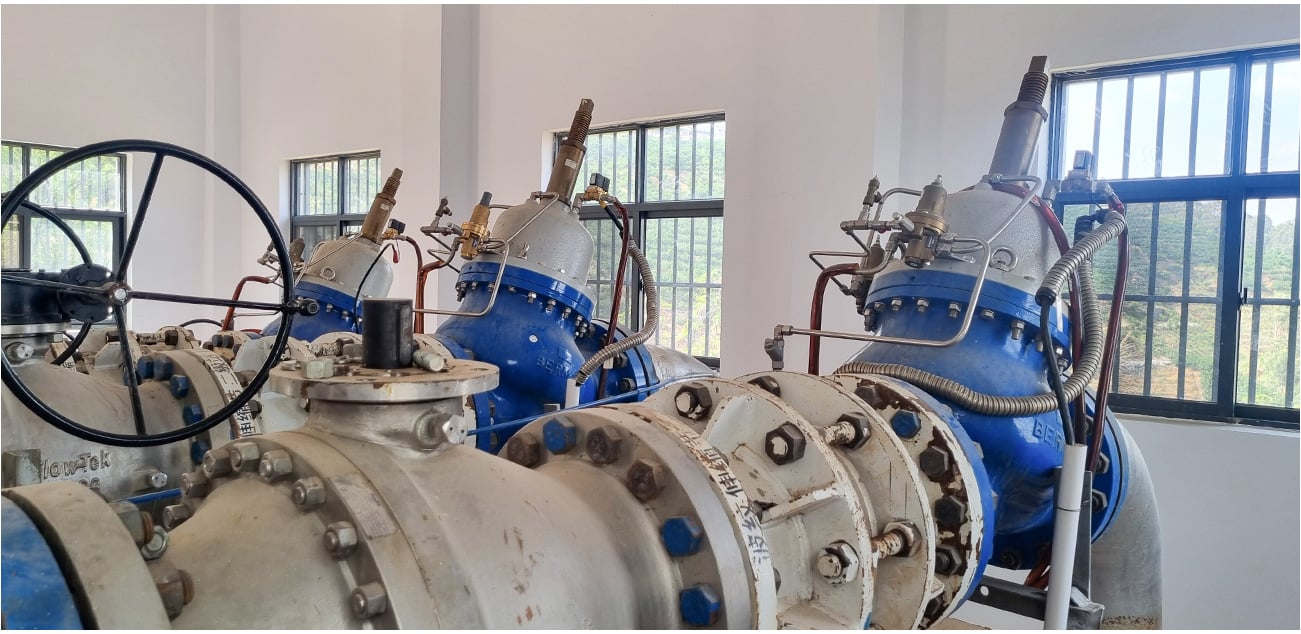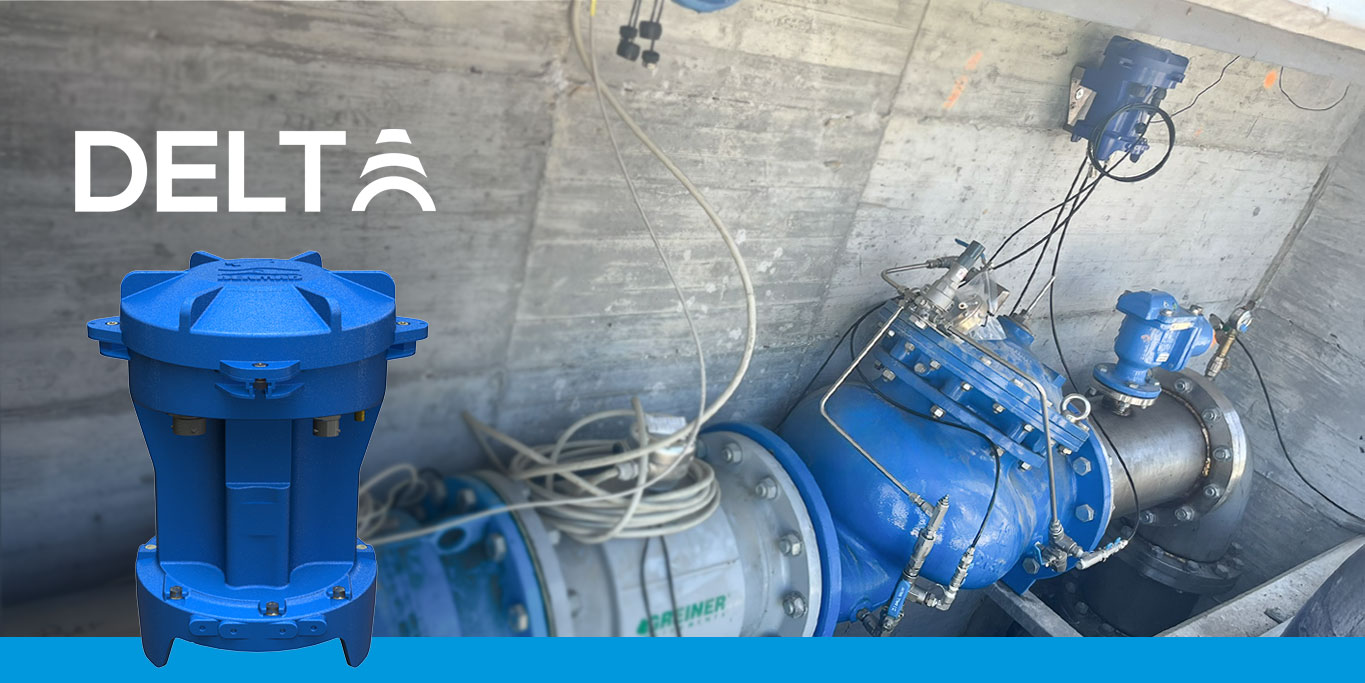This case study explores the integration of electromagnetic flow meters into the equipment proposed by Dai Prà, a company operating in the consolidation sector for three generations. Their history dates to the early 1900s with the construction of tunnels and bridges, later specializing in the study, design, and construction of machines for Geotechnics, Special Foundations, and environmental remediation. The company designs, customizes, and manufactures machinery and tools for various needs in soil consolidation and environmental remediation.
This type of machinery is primarily used for soil consolidation in the special foundation sector through injecting fluids and mixtures, typically cement-based, into the ground. Dai Prà's patented equipment is also used in environmental remediation, where oxidizing fluids and chemical reagents are injected to restore polluted drainage wells.
Measurement Requirement
Increasingly, project specifications require monitoring the data of the fluid injected into the ground to ensure compliance with execution standards. The mixture typically consists of cement and water in ratios from 1:1 to over 1:2, with a specific weight ranging from 1.5 kg to 1.8 kg. Given that 1 kg of cement mixed with water corresponds to about 0.33 liters, the solid content in the fluid is significant, making flow measurement unique.
The high-profile engineering equipment developed by Dai Prà includes the use of pumps, turbomixers, pneumatic valves, automatic agitators, injectors, pressure switches, and dataloggers. Electromagnetic flow meters are provided to acquire flow measurement data. The system is fully interconnected with remote management capabilities.
BERMAD Solution
For this case, aimed at soil consolidation injections with pressures up to 110 bar, Dai Prà chose BERMAD flanged PN64 flow meters to measure the injected liquids, both cement-based for consolidations and for environmental remediation. The mixing plant includes automatic turbomixers that produce the mixture, which is then discharged into agitator tanks equipped with level sensors. Six injectors managed by dataloggers are fed from the agitators, with pneumatic valves for selecting the liquid to be injected or water for washing.
The MUT2200EL electromagnetic flow meters used in this application are known for their extended linearity and high accuracy across a wide flow range. They can detect even very low flow rates without requiring linearization software, ensuring precise measurement of injection volumes. The sensors include a stainless steel flow tube with electrical insulation to prevent contact between the liquid and the sensor body. With no moving parts, they are long-term reliable and require minimal maintenance, giving users and operators peace of mind.
The process is controlled via dataloggers to manage injection parameters, ensuring the mixture is introduced with project-specified data, such as pressure, flow rate, and volume, following the Lombardi method to avoid hydrofracturing the soil.
The goal is to have a system that not only can inject a mixture into the soil but also ensures compliance with project parameters to guarantee the quality and peace of mind of the designers, the contracting authority, and the executor. Indeed, managing, verifying, and measuring what is injected is essential for the success of a project.
With the help of BERMAD's six inline electromagnetic flow meters, the ability to manage customized products with the best possible solutions, both in terms of design and execution, allows Dai Prà to support the client during all project phases, from bidding to execution.
This philosophy aligns perfectly with BERMAD’s guidelines, and we are proud to collaborate with a local partner whose policy fully matches the same values and principles.
Contact our experts for further information and assistance with waterworks applications.











